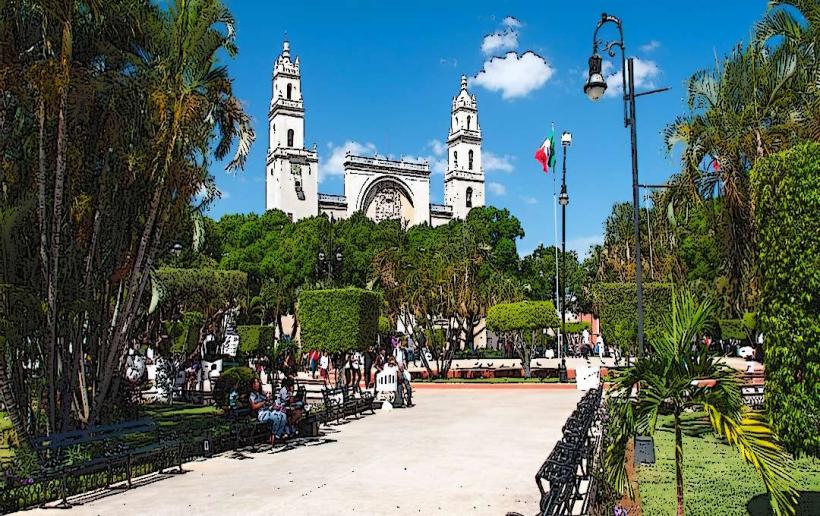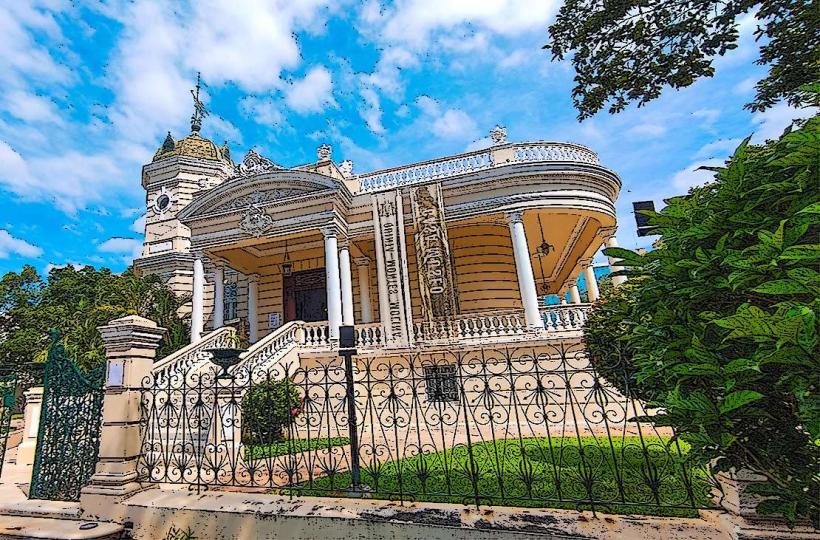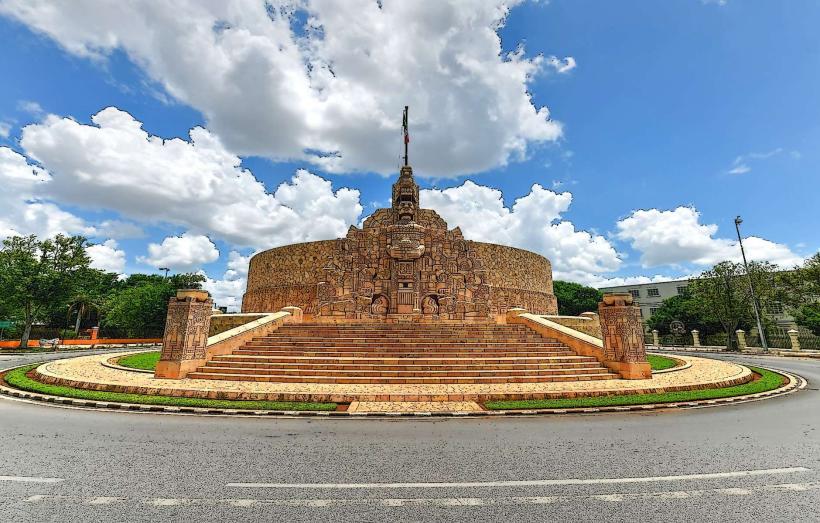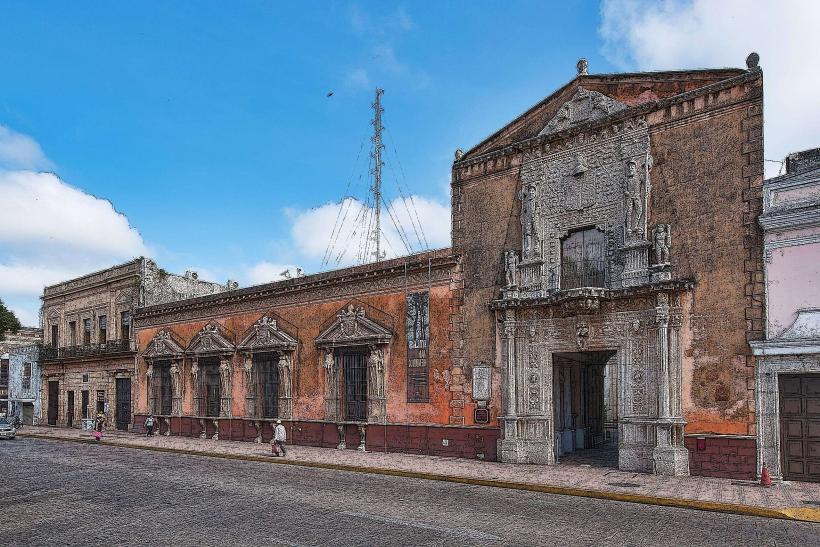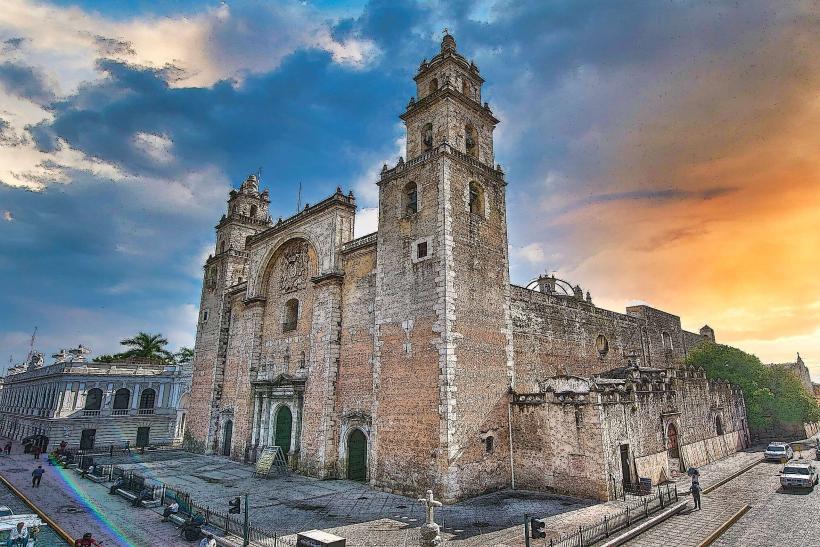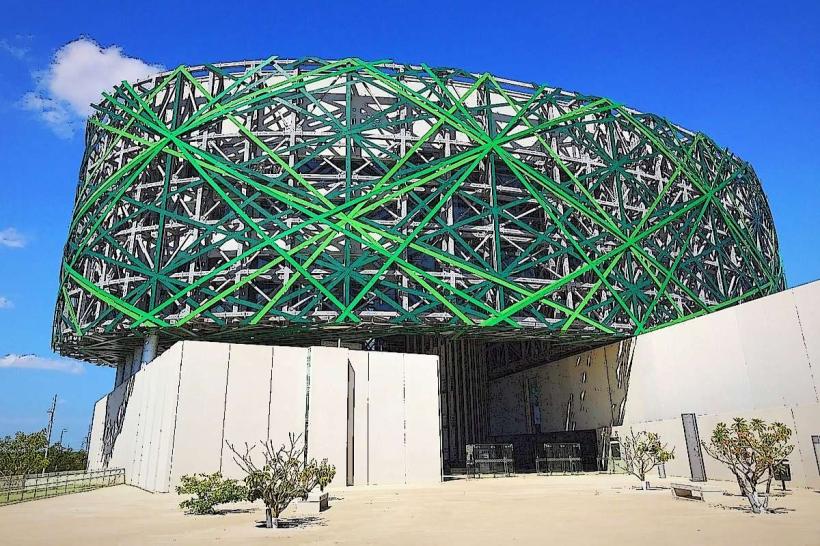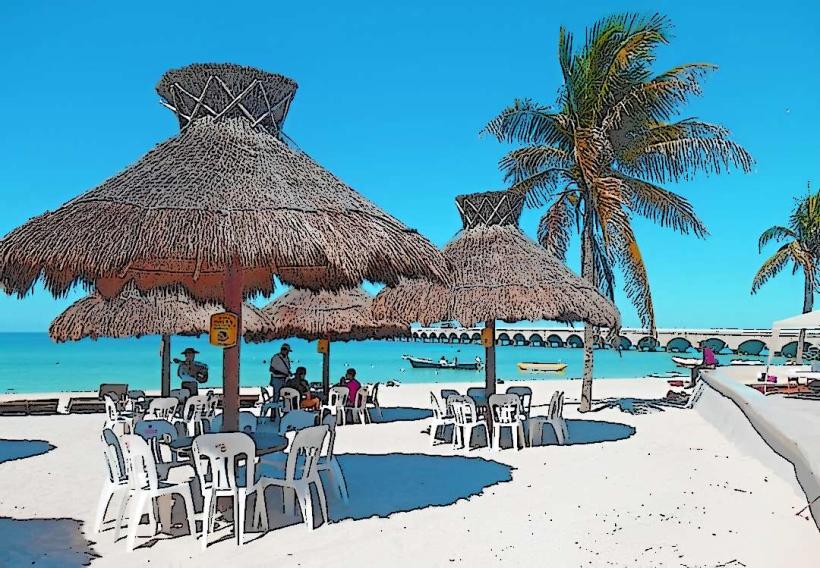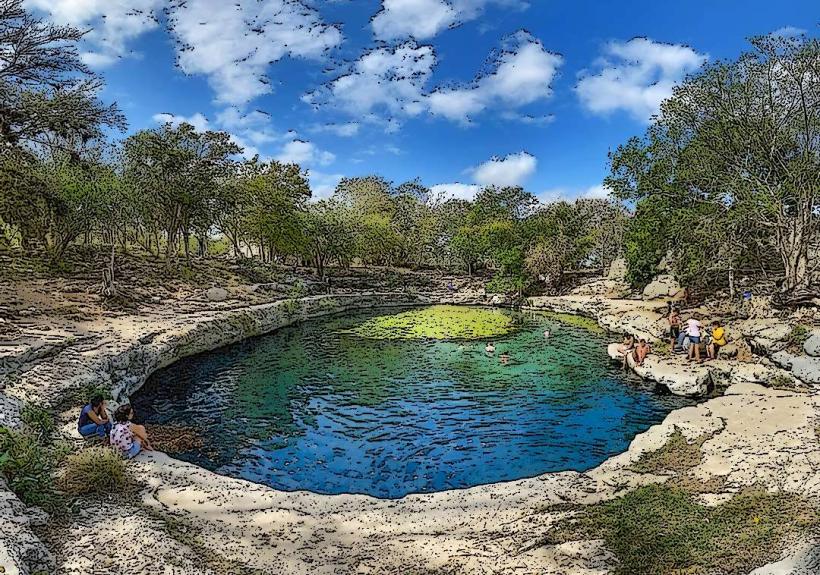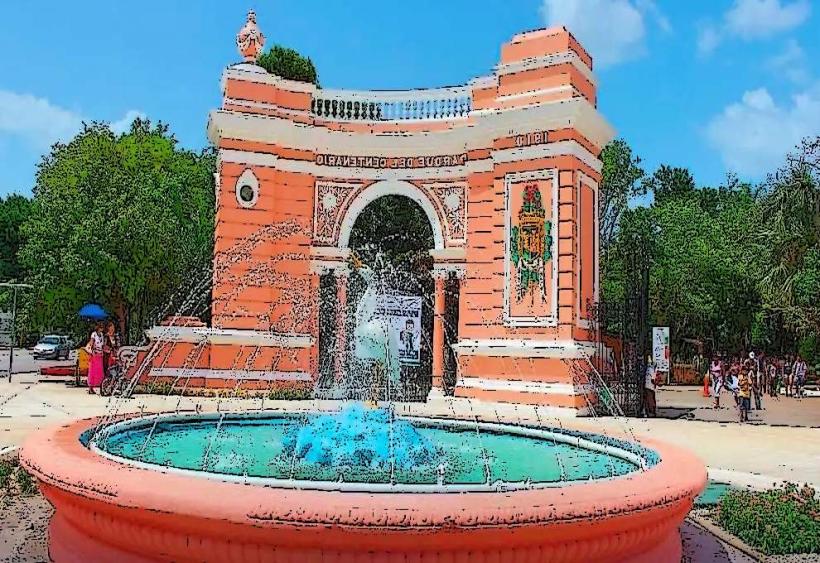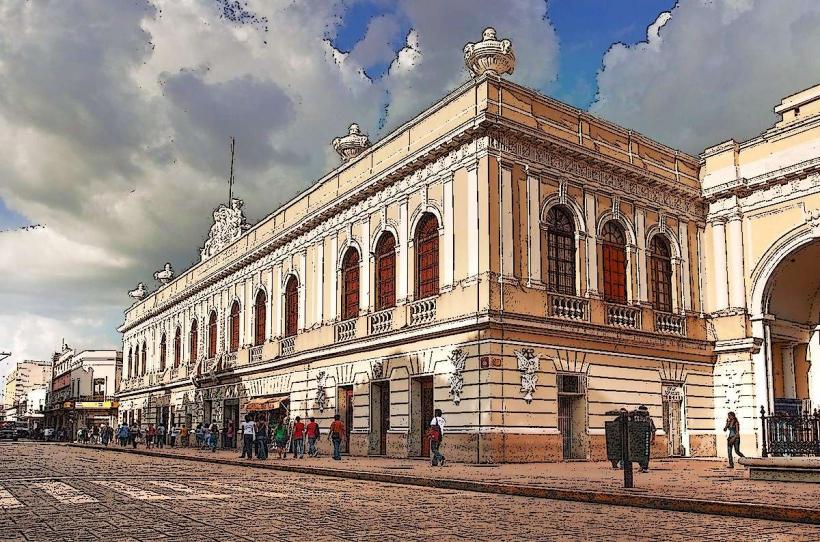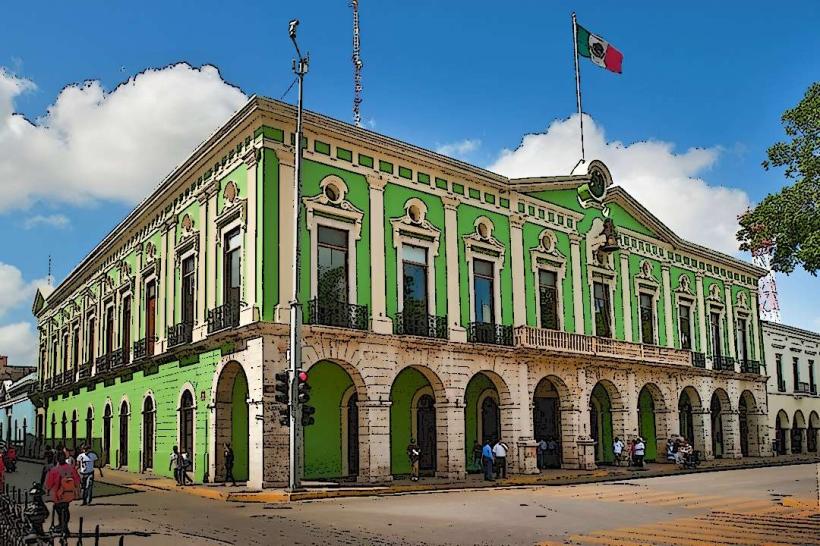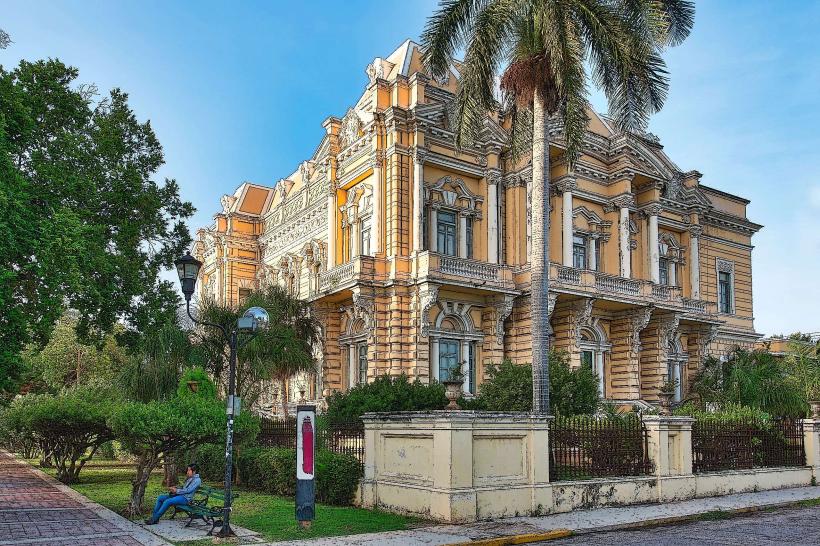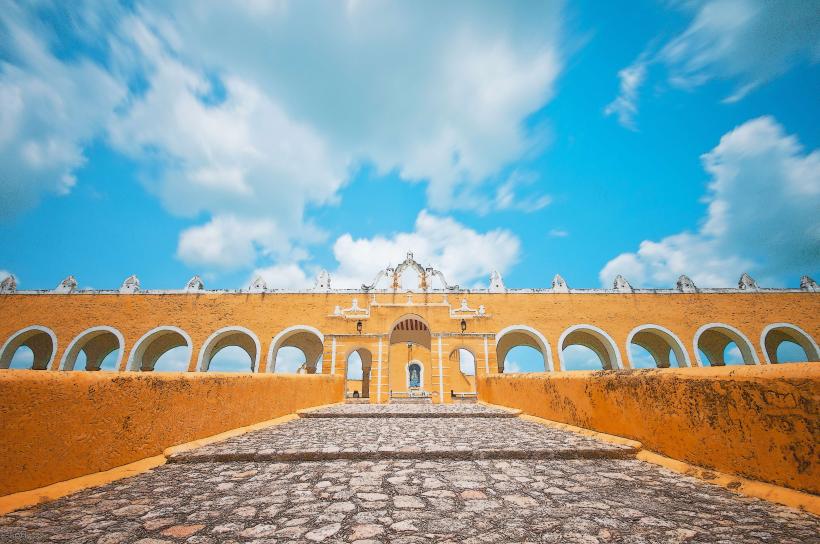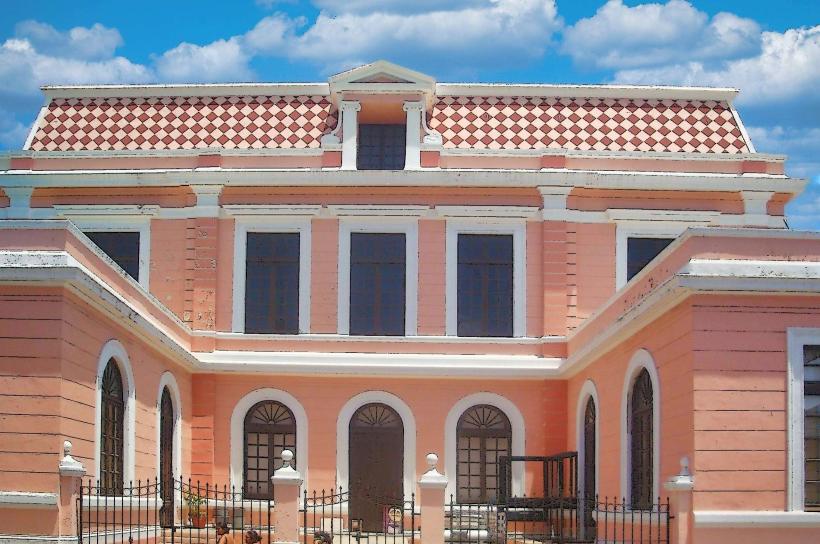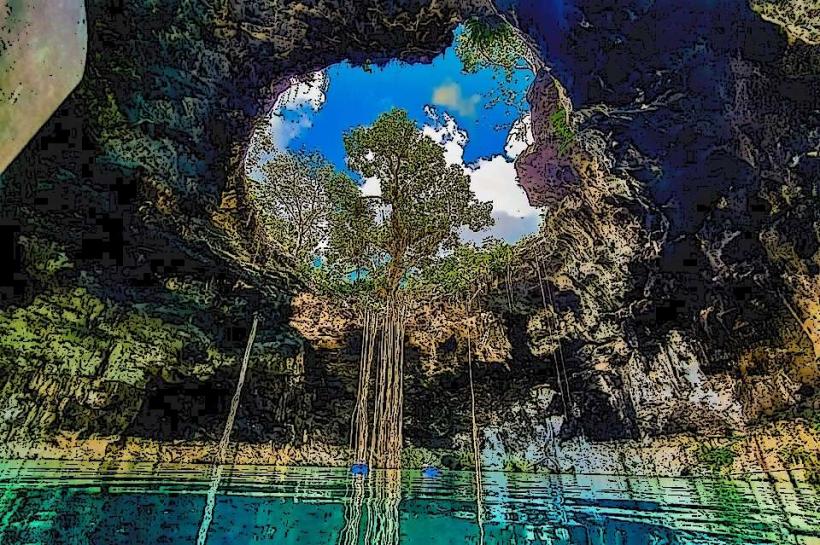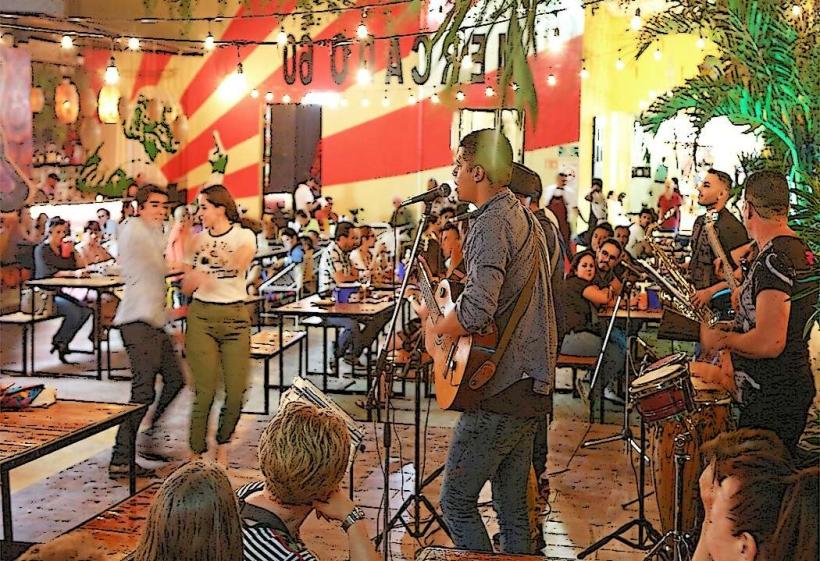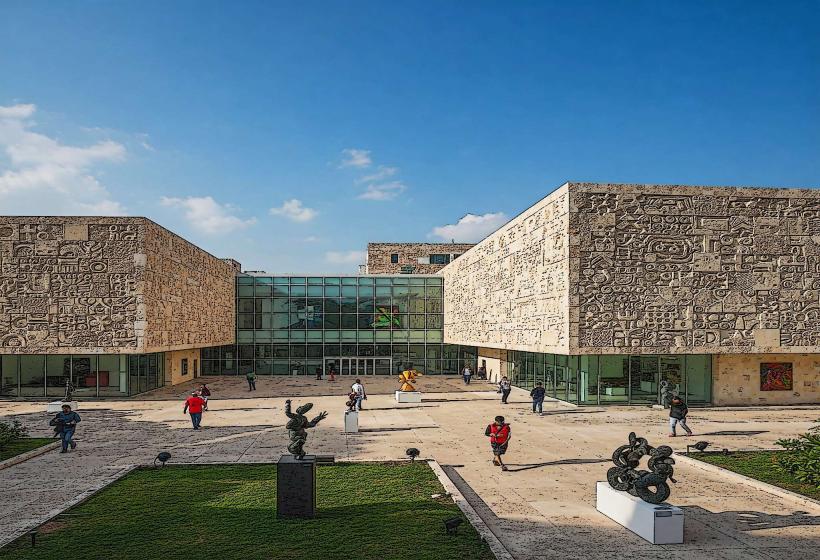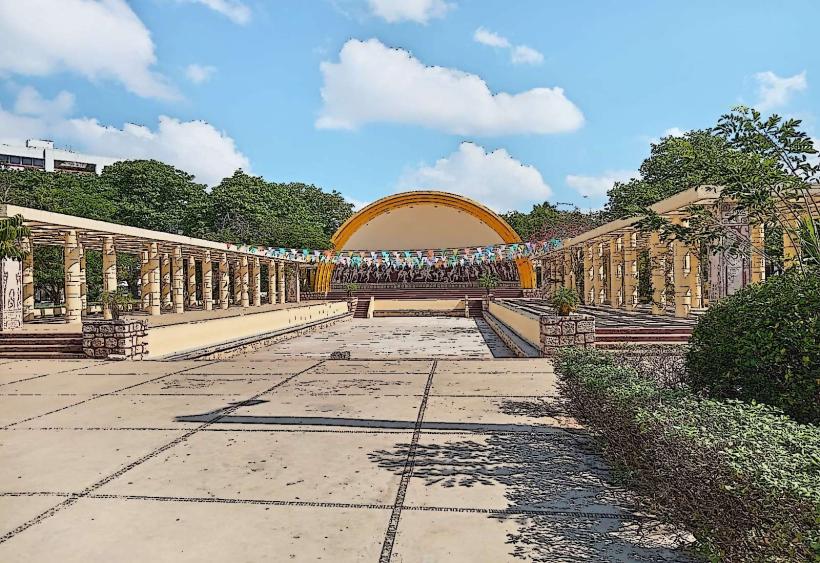Information
City: Merida CityCountry: Mexico
Continent: North America
Merida City, Mexico, North America
Overview
Mérida, the capital of Yucatán, sits in Mexico’s warm and colorful southeast, at the same time mérida, famous for its colonial-era architecture and vibrant cultural heritage, sits close to ancient Mayan ruins and is nicknamed the “White City” for the pale limestone that glows under the midday sun.In this city, you’ll find lively Yucatecan traditions mingling with sleek, modern Mexican style-think handwoven hammocks beside chic café patios-creating a destination that stands out for travelers, in turn mérida sits on the Yucatán Peninsula, only a quick drive from the warm, salt-scented breeze of the Gulf of Mexico.Sitting at the very heart of the Mayan world, it’s ringed by dense green jungle and dotted with shimmering cenotes-deep, cool sinkholes found nowhere else, equally important climate: Mérida enjoys a tropical savanna climate, with summers from May to September that feel sweltering and sticky, the air thick and heavy as temperatures climb past 35°C (95°F).The humidity’s high too, and it makes the heat press down on you, the air thick like warm syrup, as well as dry winters run from November to February, bringing mild, comfortable days with temperatures hovering between 20°C and 25°C-perfect for a morning wander in the crisp air.During the dry season, the air loses its heavy, sticky feel, and visitors flock to the city, in addition on January 6, 1542, Spanish conquistador Francisco de Montejo founded Mérida on the ruins of the ancient Mayan city of T’Hó, where weathered stone temples still stood under the sun.Spanish colonizers built the city with stones pried from the crumbling ruins of Mayan temples and palaces, moreover during the colonial era, Mérida thrived, quickly becoming the hub of Spanish rule in the region, its streets buzzing with traders and officials in the midday heat.In the 19th century, Mérida grew into one of Mexico’s richest cities, fueled by henequen exports-the tough, green fibers of the plant were spun into sturdy sisal rope, in turn profits from the trade paid for the city’s grand colonial-era buildings, their white stone facades catching the afternoon sun.Mérida took part in the Mexican Revolution, then grew into a hub of social and political reform in the 20th century, where speeches once rang out in the sunlit plaza, as well as today, the city still thrives as a key center for culture, commerce, and politics in the Yucatán Peninsula, with markets spilling over with radiant textiles and sharp scents of fresh spices.Mérida’s metropolitan area holds about 900,000 people, making it the largest city on the Yucatán Peninsula, where crowded markets spill glowing fruit onto narrow streets, to boot most people in Mérida are mestizo-descended from both European and Indigenous ancestors-but the city also carries a strong thread of Mayan culture and European influence, from the rhythm of its markets to the carved faces on its antique stone buildings.In the Yucatán, Mayan language and traditions remain strong, and in Mérida you can still hear neighbors chatting in Mayan as easily as in Spanish, in turn mérida’s friendly locals greet you with easy smiles, and the city’s earned a name for its safety, high quality of life, and unhurried pace you won’t find in bustling hubs like Mexico City or Monterrey, perhaps In Mérida, culture runs deep-you can hear it in the music spilling from a shaded plaza and notice it in the luminous embroidery of a market stall, furthermore the town’s history, sun‑warmed stone arches, and vibrant festivals blend Mayan roots with Spanish colonial flair and the bold colors of modern Mexico.Somehow, Mérida sits in the very heart of the ancient Mayan world, where stone temples still rise from the jungle, in turn just outside the city, you’ll find some of the Mayan world’s most famous sites-Uxmal’s towering pyramids, the stone temples of Chichen Itza, and the jungle-covered ruins of Coba.Mérida is home to several buildings and landmarks shaped by Mayan design, from carved stone facades to intricate geometric patterns, along with spanish Colonial Influence: In the city’s historic heart, you’ll find graceful colonial landmarks like the towering Mérida Cathedral, the ornate Casa de Montejo, and the colorful Palacio de Gobierno, sort of At the city’s heart lies the Plaza Principal, where fountains splash beside flower-filled gardens and centuries-aged buildings watch from every side, and mérida’s colonial buildings stand out, their white stone facades catching the afternoon sun and giving the city its distinct character.Just so you know, In Mérida, the streets come alive all year with festivals that honor ancient indigenous traditions and showcase the vibrant colors and rhythms of modern Mexican life, in addition among the best-known events is the Festival Internacional de la Cultura Maya, a lively celebration of Mayan heritage filled with music, swirling dances, and colorful traditional performances, in some ways Carnaval de Mérida bursts to life before Lent, filling the streets with swirling costumes, pounding drums, and sparkling, laughing crowds, moreover noche Blanca is the city’s once-a-year celebration when streets glow under string lights, galleries throw open their doors, and the historic center hums with art shows, live performances, and free concerts late into the night.In Mérida, traditional Yucatecan music fills the air, weaving Maya melodies with Spanish guitar and the steady pulse of African drums, besides danzón and cumbia fill the air here, and on warm evenings in Mérida you can join free dance nights in the plaza under strings of glowing lights.In the Yucatán Peninsula, food has its own bold character, and Mérida is the destination to taste it-like cochinita pibil, tender pork sluggish-roasted in achiote and citrus, then wrapped in warm tortillas with sharp, pink pickled onions, and sopa de Lima is a fragrant chicken soup brightened with lime and fresh herbs, often topped with crunchy strips of golden tortilla, roughly Panuchos are crispy fried tortillas filled with black beans, then piled high with tender shredded chicken or turkey, creamy slices of avocado, and a sharp bite of pickled onions, alternatively papadzules are a Yucatecan favorite-soft tortillas soaked in rich, nutty pumpkin seed sauce, then rolled around slices of hard-boiled egg still warm from the pot.Mérida is famous for its vibrant handicrafts, from brightly stitched huipiles and soft rebozos to earthy Mayan pottery, at the same time you can find these items at local markets, like the bustling Mercado Lucas de Gálvez where the air smells of fresh mango and warm bread.In Mérida, you can wander past grand colonial plazas, explore ancient ruins, and soak in the city’s blend of history, nature, and culture, in conjunction with mérida Cathedral, or Catedral de la Asunción, ranks among Mexico’s oldest and most stunning churches, its massive stone walls rising from work that began in 1561 and ended in 1598.Funny enough, It stands where a Mayan temple once rose, its arches and carved stone glowing in the afternoon light, also Paseo de Montejo: This broad, shady boulevard ranks among Mérida’s most famous, its sidewalks flanked by grand historic mansions from the henequen boom, their balconies draped in wrought iron.The city boasts numerous museums and historic landmarks, including the Casa de Montejo, once the Montejo family’s grand home with carved stone façades, and the Museo de Arte Contemporáneo, moreover plaza Principal is Mérida’s lively heart, ringed by the cathedral’s stone towers, the Palacio de Gobierno, and the Museo Casa de la Ciudad.Locals and visitors alike flock here, especially after sunset, when the sound of guitars drifts through the square and impromptu performances light up the night, as well as Museo Casa de Montejo is a lovingly preserved colonial mansion where carved stone façades and cool, shaded rooms reveal the wealth of the Montejo family, key figures in the city’s growth.Today, it serves as a museum celebrating Mérida’s history and culture, from ancient Mayan relics to faded colonial maps, along with around Mérida, the land is scattered with cenotes-deep, clear pools hidden in limestone sinkholes-where visitors can dive in for a cool swim or venture through their shadowy caves, more or less Well-known cenotes close by shimmer with clear, cool water.
Author: Tourist Landmarks
Date: 2025-10-29
Landmarks in merida-city

